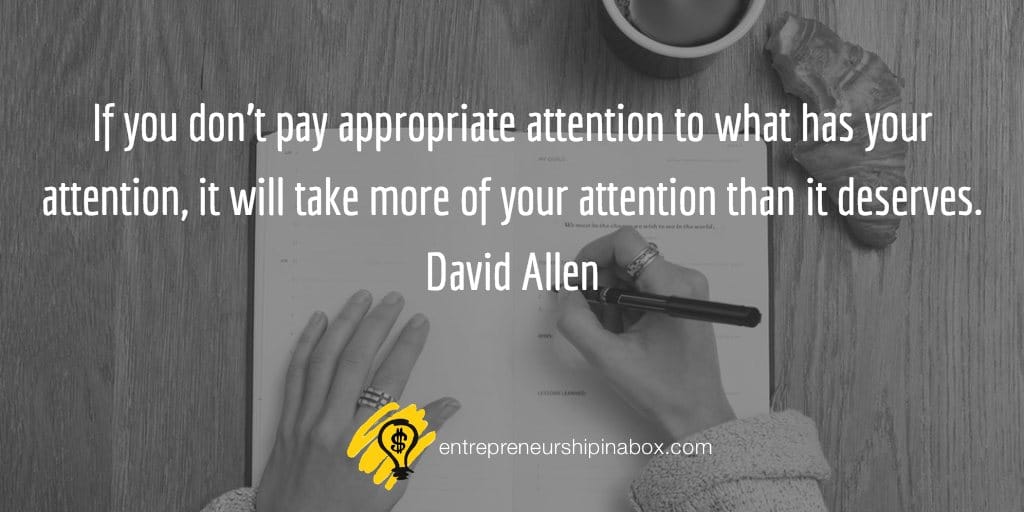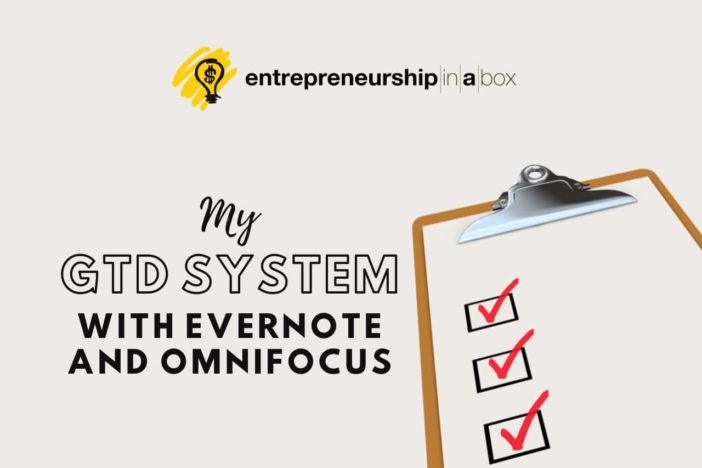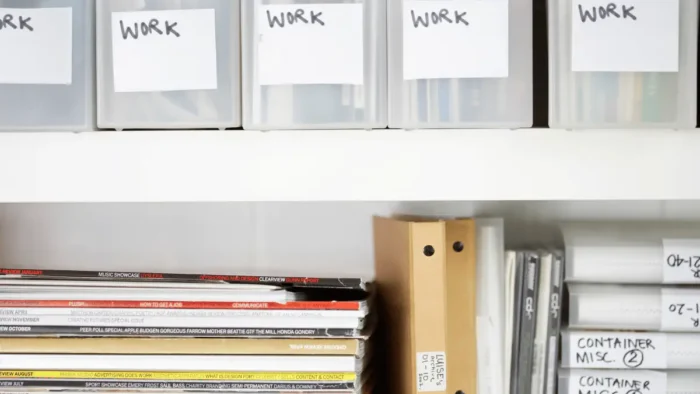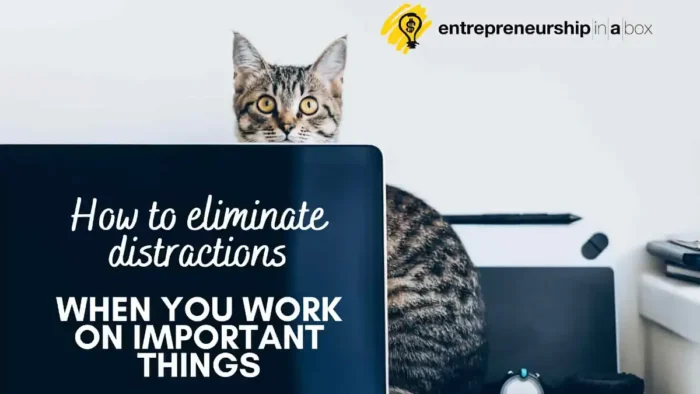When it comes to entrepreneurial daily activities, it is important to have a flow of activities. This flow in the short-term and long-term will bring the best possible results for the business. Using the GTD system with OmniFocus for task management activities, I can stay focused and progressively work to achieve my goals.
When I want to decide about my daily activities, I use the GTD system developed by David Allen to pull off some of the tasks or ideas that I have already put into my information pool.
What is an information pool in my GTD system?
When I worked in the intelligence department at Customs Administration, we have developed a system as an intelligence cycle that starts with an information pool. That’s a place where information about everything, regardless of its meaning and importance, is stored. It is something like capturing process and inbox in the GTD system.
At that level, the meaning, importance, and usefulness of the information are not important. It is because thеsе activities are part of the processing process of each information. The processing will answer about the next steps.
Because we live in a highly messy world, our mind continuously learns to process different kinds of stuff. And there is a lot of stuff. On the other side, everything that comes to our mind does not always connect with our current activities. The best way is to put all that stuff in a pool that will enable it to be processed later.
In collecting different stuff in the last several years, I am trying to build an effective system that will support me daily. I try to use different productivity tools that will help me to remember things around me and things produced by my mind. That’s the first level of becoming more productive.
Still, I can’t find one unique tool as a solution for my collecting activities. For example, I am using Evernote to collect and store everything around me. The tool is useful for me to capture ideas as I go, to capture different “read it later” materials, to capture different reference material, etc. Different ideas, references, different “read it later” materials come from many places, and Evernote is simple to use and integrate into different places around me.
Information processing process in my GTD system
So, now I have a place where I will capture everything and be ready to be processed. Now comes the magic of the whole process.
When I need to process everything that I collect or capture, I go through my inbox notebook (my information pool or place where I collect unprocessed stuff) and look at each of the notes. The following decisions I made in this process:

What is a note?
A first, I need to find what the note will represent for my future work. Many of them are reading materials in which I need to scan. If I find something worth it, I will move it in my reference notebook with proper tags and comments. Everything that will remain as a part of collected reading materials, I make scanning. After scanning, if I don’t find value, I will delete it.
There will also be notes that will need some action from my side. Those notes I move into the to-do notebook in my Evernote account. In such a way, I work until I clean everything from my Inbox notebook.
Can I do it now?
When I process actionable notes, the first thing I need to answer is, can I do it now. Because this processing largely is in the evening as a preparation for my next day, I don’t have too much time to work on the tasks. In such a situation, the 2 minute limit for doing things now from the GTD system is most suitable.
Many of the notes will be simple answers to emails or things that I can do for less than 2 minutes. Before anything else that I will make with the notes in my to-do inbox, I will clean everything I can do in less than 2 minutes. In many cases, five to ten notes will be finished and cleaned in 10 to 20 minutes. In such a way, I escape losing my time planning activities for notes that will need less than two minutes to be finished because such a plan will take me more than two minutes.
How important is the action?
At the next level, when my inbox is clear, and my to-do notebook has only tasks that will need more than 2 minutes to be done, I start with the processing of my action list. The first thing that I need to do is prioritize the possible actions before deciding when I will need to do them.
This part of the job I am doing through adding a number in the title of the notes. When I sort notes by title, this enables me to look at the most important actions first. For example, if something is of high importance, I write #1 at the beginning of the title. For important things, I write #2, about medium importance things #3, and low importance #4.
What do I need to do with the actions?
The next level is to look at my number-one priority actions and decide what I need to do with them. In most cases, these actions marked as #1 will go into my OmniFocus inbox. It is because they are important and will need to be completed as quickly as possible. I can use the link to the note in my Evernote account with the possibility to copy notes. In such a way, I put it in the OmniFocus as a reference for my tasks. Because OmniFocus is not so good for detailed explanations about the tasks, this is the perfect way to connect tasks and notes about that task.
When I finish with the number-one priorities, I continue with the next one. In such a way, again, I go through all my notes in my to-do notebook until I clean all of them and put them into my OmniFocus inbox. When I transfer tasks from Evernote to OmniFocus, I pay attention to the mark about priority. This is because I will do another processing in the OmniFocus, and I don’t want to lose the priorities from my notebooks. This is easy because the link to the notes in Evernote will be displayed as a note title.
Do I need to do the task, or I can delegate it?
I always start with the highest priority tasks marked as #1. The first question that I ask myself is about who will be responsible for the task. If I can delegate the task, I will put it into the context of the person responsible for taking care of it and sending him an email.
Usually, I use sharing possibility in Evernote. There I have notebooks that I share with the persons to whom I delegate tasks. So, the task as a note in Evernote will go into that folder to be available for their reference. In such a way, I will know who will be responsible, and I can easily follow the progress.
When do I need to start doing the rest of the tasks?
Now, because I have tasks that need to be done from my side in my OmniFocus inbox, I can start processing them. I process them so that I can ensure I will finish each of the tasks on time. This part of my GTD system for processing process means scheduling tasks for the exact time when it needs to be done. Then putting them into appropriate projects, context. At the end of the process, adding the time that I will need to finish each of them. This process will finish when the inbox folder in OmniFocus become empty.
Help by the Perspectives in OmniFocus
In the perspective view in the OmniFocus, I have captured three perspectives titled as quick, medium and long. These perspectives show me the tasks that will need to be done today but in a correlation of time that I need to work on them. This will help me to become more organized in addition to other functionality of OmniFocus as contexts and projects.
Quick perspective shows me the tasks that I need to do today but in less than 15 minutes. The medium perspective will show me tasks that will need less than an hour. The last, longer perspective shows me the tasks that I need to finish today. But they will need more than one hour to be completed. In such a way, I can quickly go through tasks that I need to complete today. This is done depending on the time that each task will need to be completed.
This is the process that I use today, and I update and change it as I learn something more. Sometimes the experience will show me that I need to change something. Probably, It is not the best solution, but I start with something like a good basis for improvements.



